Collaborators
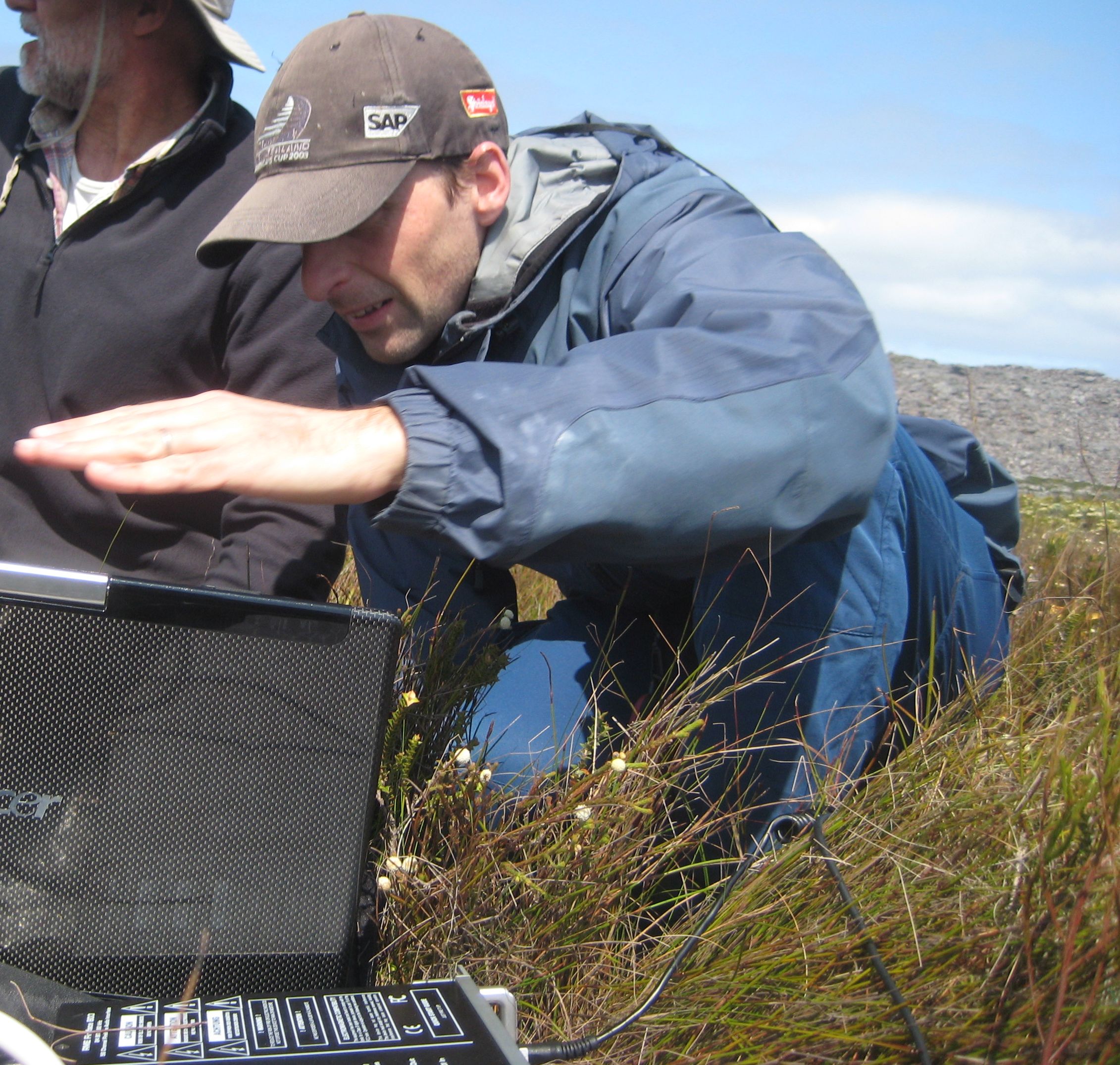
Res Altwegg
SEEC - Statistics in Ecology, the Environment and Conservation, University of Cape Town, South Africa
Research Interest: Acoustic Application of Spatially Explicit Recapture Recapture to monitor threatened frogs
Visit Res' Site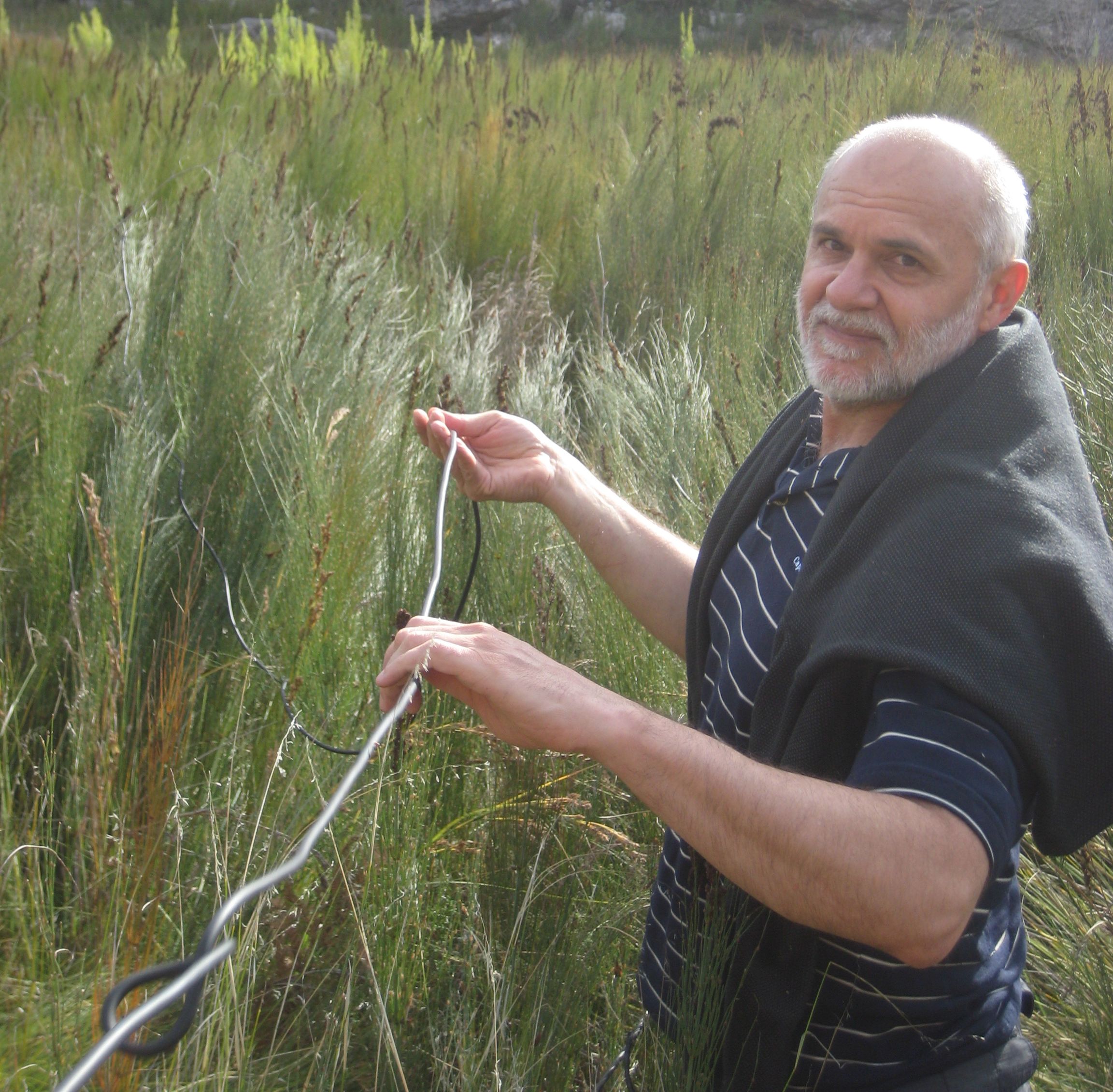
David Borchers
School of Mathematics and Statistics: The Observatory, Buchanan Gardens, University of St Andrews, Scotland
Research Interest: Acoustic Application of Spatially Explicit Recapture Recapture to monitor threatened frogs
Visit David's Site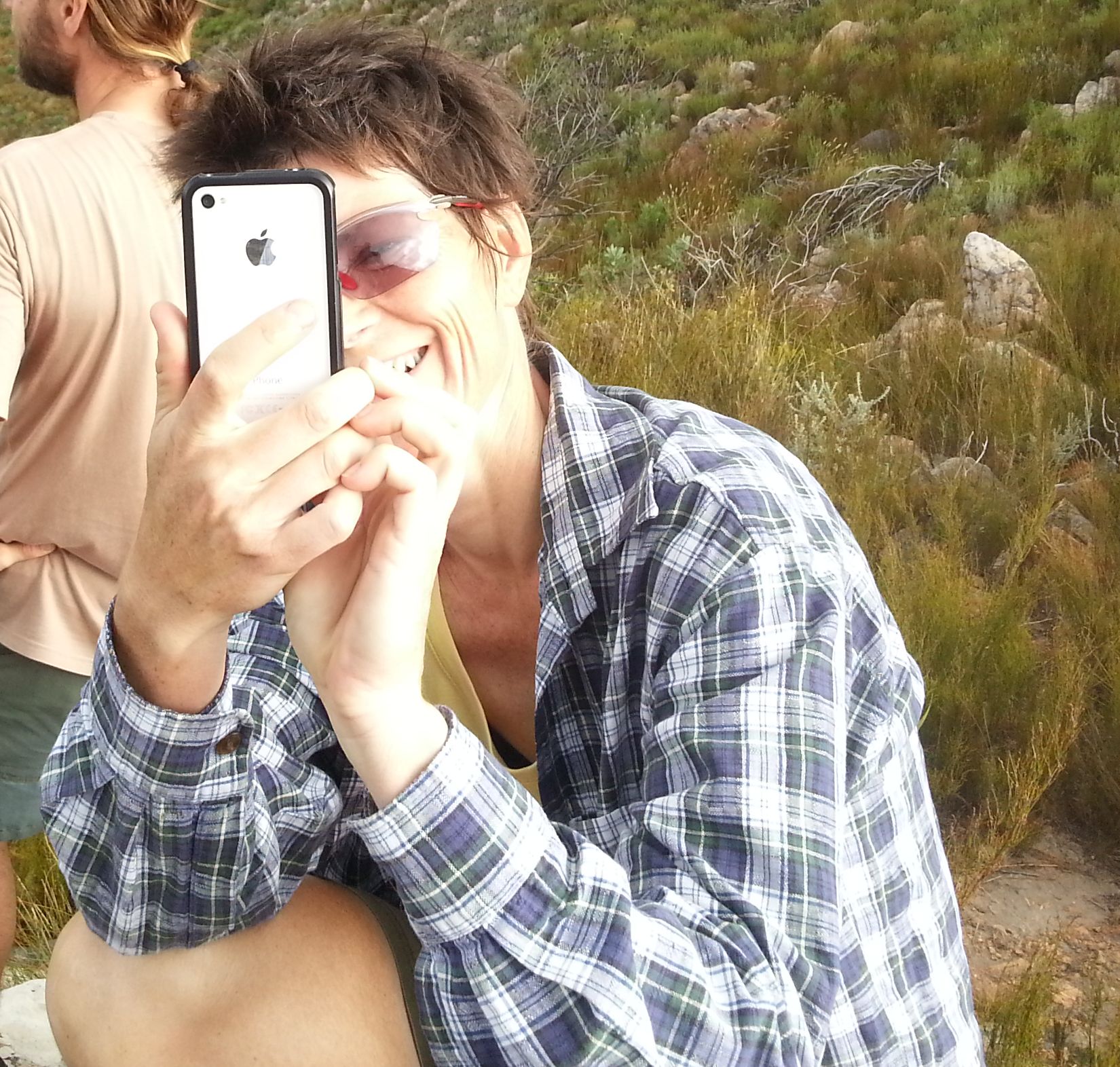
Sarah Davies
DST-NRF Centre of Excellence for Invasion Biology: Stellenbosch University, South Africa
Research Interest: Invasive amphibians in southern Africa
Visit Sarah's Site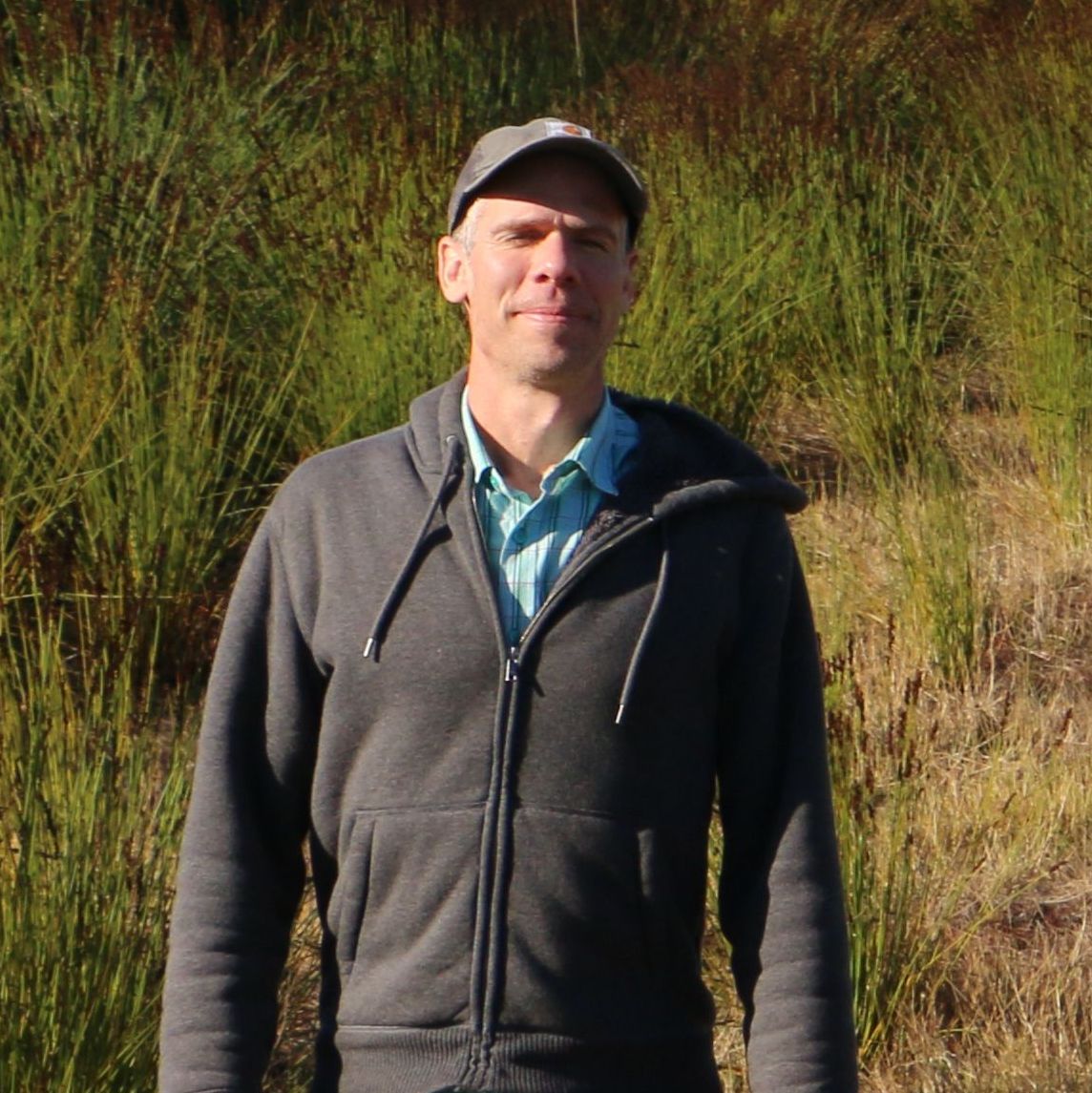
Ben Evans
Biology Department, McMaster University, Canada
Research Interest: genome evolution, speciation, and biodiversity especially of African clawed frogs: Xenopus.
Visit Ben's site
Anthony Herrel
Museum National D'Histoire Naturelle, Département d'Ecologie et de Gestion de la Biodiversité, France
Research Interest: Evolution of complex systems: performance and morphology of a wide range of African reptiles and amphibians
Visit Ant's Site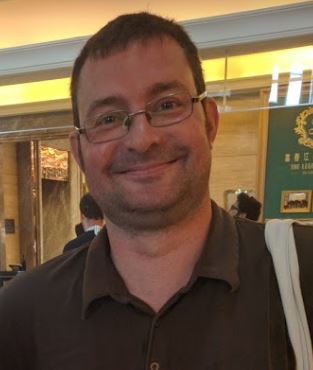
Dennis Rödder
Curator of Herpetology, Zoologisches Forschungsmuseum Alexander Koenig
Research Interest: modelling spatial distributions of reptiles and amphibians
Go to Dennis' site
Thalassa Matthews
Iziko Museums of Southern Africa, Cape Town, South Africa
Research Interests: Fossil anurans as palaeoclimatic proxies on the West coast of South Africa
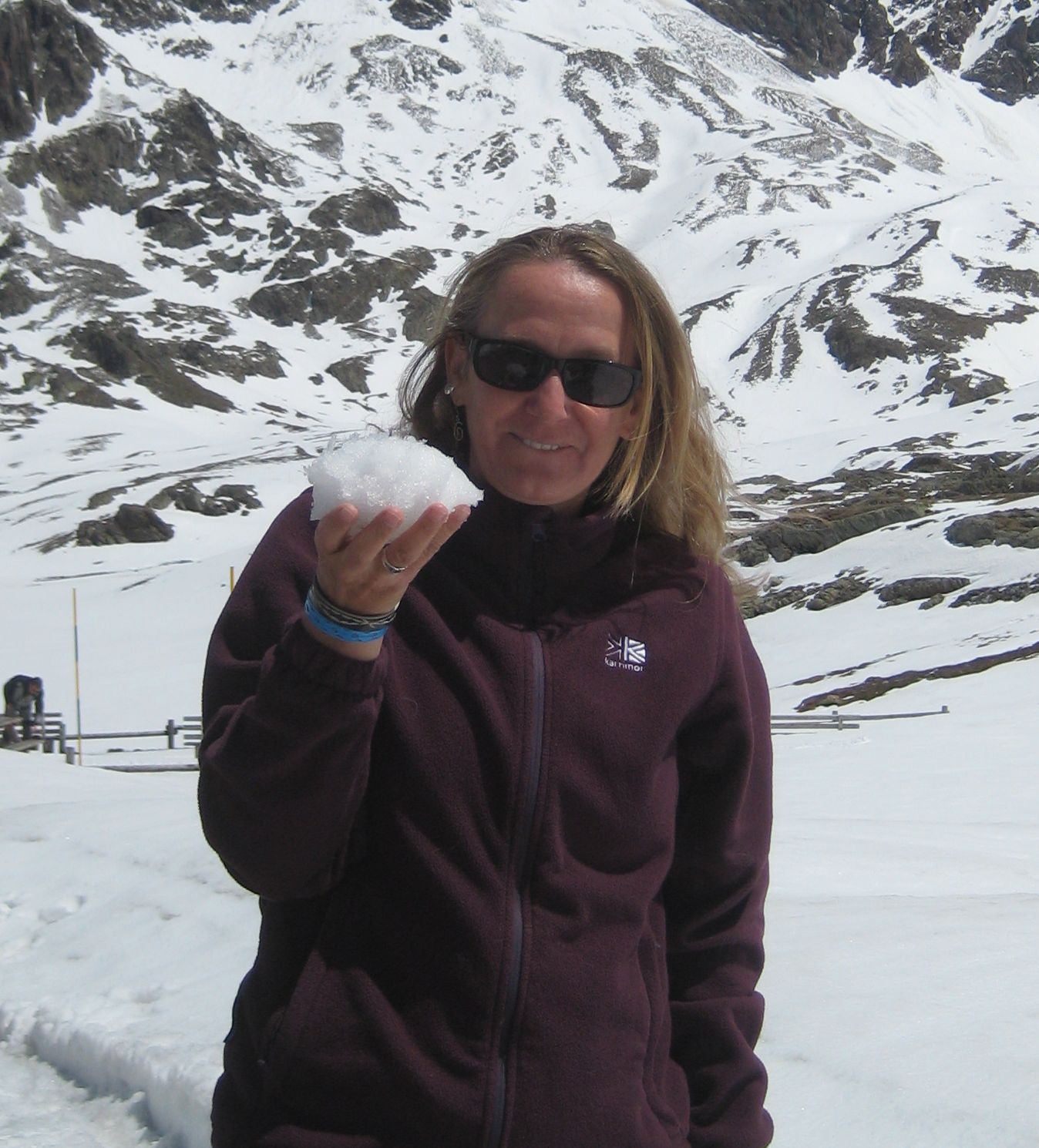
Krystal Tolley
South African National Biodiversity Institute: South Africa
Research Interests: Reptile Speciation Project - Answering higher questions on the nature of the evolutionary history of reptiles, and understanding speciation in southern Africa through a novel approach to taxonomy synergizing morphology, genetics and performance data
Visit Krystal's Site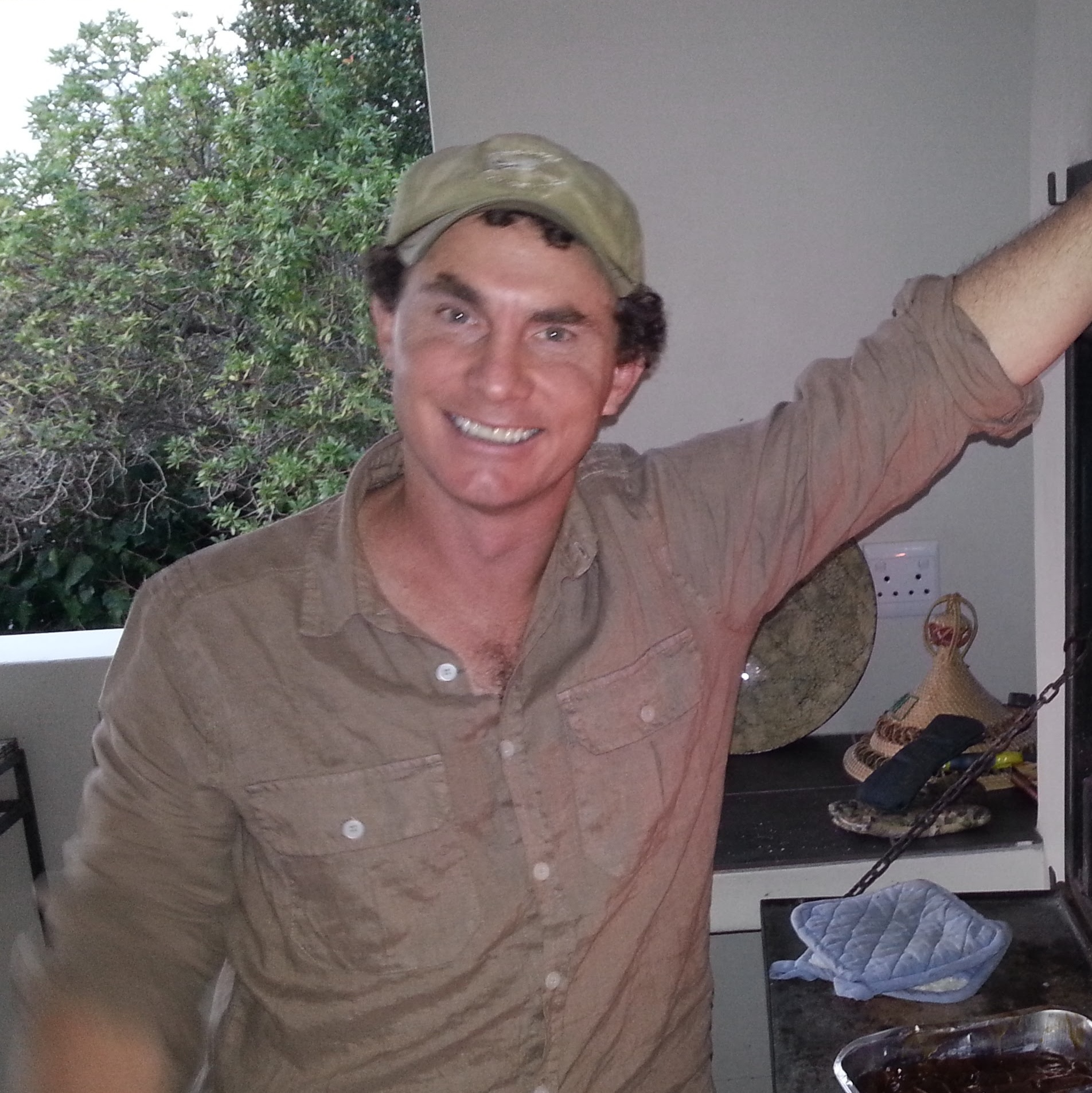
James Vonesh
Department of Biology: Virginia Commonwealth University, USA
Research Interest: Disentangling the importance of body size and developmental stage in shaping predator-prey interactions. The goal of this research is to use the model organism Xenopus laevis in its native southern Africa to disentangle the relative importance of size and developmental stage in interactions with its predators.
Visit James' SiteAnd lots, lots more...
Not fogetting that there are actually large numbers of collaborators not listed above. Their names are below:
